Tree Surveys Services
Tree surveys are carried out by a suitably qualified arborist or arboricultural consultant who will then provide a Tree Report detailing the survey findings and recommendations for emergency and routine maintenance.
There are many reasons why you may need a tree survey or tree report. This page explains more about the most common reasons you may need a tree survey, including:
- BS 5837:2012 Tree Survey
- Tree condition surveys
- Climbed tree survey
- Ecological survey
- Pre-purchase tree survey
- Expert witness tree report
BS 5837:2012 Tree Survey
You may have heard of BS 5837, but do you know what it means or why your local council requires this before considering any development proposal?
13+
Years Experience
200+
Project Completed
5K+
Trees Planted
5/5+
Rating
Tree Condition Surveys
Along with other components such as tree constraints, plans and drawings, the requirement to conduct an accurate tree survey on all surrounding healthy plant life ensures no negative effects from construction projects.
The survey report will include data about the species of tree(s), its orientation, as well as dimensional data about protection areas for roots. The information gathered from this process ensures that all trees over 7.5 cm diameter (including off-site vegetation) within ten metres around your development site boundary have been accounted for during construction phases.
The trees’ positions in a BS5837 tree survey should be marked up on topographical surveys to show all relevant site features. This includes existing buildings, roads and street lighting but also drains, walls, fences etc., which could act as possible constraints for root development.
Tree Condition Surveys
Tree condition surveys are used to assess the health and structural integrity of trees, making recommendations on how best to care for them.
Risk assessments go one step further by considering potential consequences if these healthy or unhealthy conditions are not properly managed and include robust systems like Quantified Tree Risk Assessments (QTRA) that consider local data alongside other factors before determining what type of risk certain tree species might present.
Aerial Tree Inspection
Most tree surveys can be carried out from ground level. However, where it is not possible to properly assess the health and condition of the tree from the ground, we can also undertake climbed tree surveys.
Ecological Survey
Typically carried out by a specialist ecologist, ecological surveys assess the wildlife and habitats in the area. HRG Tree Surgeons’ teams are trained to identify the presence of wildlife and specific habitats, including nesting birds or the presence of bats. If an ecological concern was identified, our teams stop working until a specialist survey has been completed.
Our teams often work alongside ecologists when carrying out work in SSSI sites, historic woodland sites or where specific ecological conditions exist
Pre-Purchase Tree Survey
In some instances, your mortgage company may require you to obtain a Pre-Purchase Tree Survey.
The purpose of this type of tree survey is to identify if trees on or close to the property pose a risk to the building(s) being purchased.
Subsidence Management Tree Survey
If a property is affected by subsidence, a Subsidence Management Tree Survey may be required as part of the remediation works. This is to ensure that the presence of any trees or root systems do not pose a further threat to properties.
Expert Witness Tree Survey
If you take legal action against the owner of neighbouring property, or are the subject of legal action due to damage to property or life due to trees owned by you, you may need an Expert Witness Tree Survey to support your case.
How much does a tree survey cost?
The cost of a tree survey depends on the type of tree survey required and the location and number of trees to be surveyed. For a no-obligation estimate, please get in touch with the team today.
Tree Surveys by HRG Tree Surgeons
Assessing a tree’s health and safety is an important part of our work. We use measuring tools and aids to investigate basal or stem defects from ground level and can also provide aerial inspections if necessary.
Survey data is recorded using tablet computers equipped with GPS, meaning trees may be plotted onto digital maps and exported into the client’s GIS software package if required.
After a tree survey has been completed, you will receive the appropriate tree report detailing our findings. In addition, we provide a recommended schedule of work to deal with both emergency and routine maintenance to protect the health of the tree and the safety of surrounding property and people. You are not obliged to use us to carry out the work.
For more information about HRG Tree Surgeons’ Tree Survey services, please call one of the team today.

